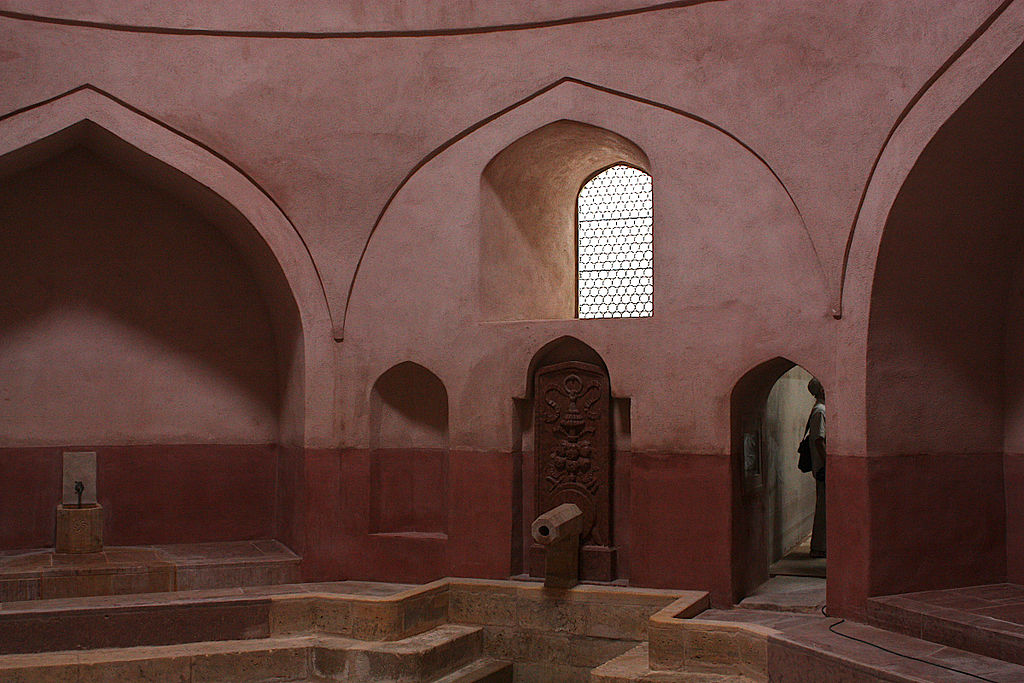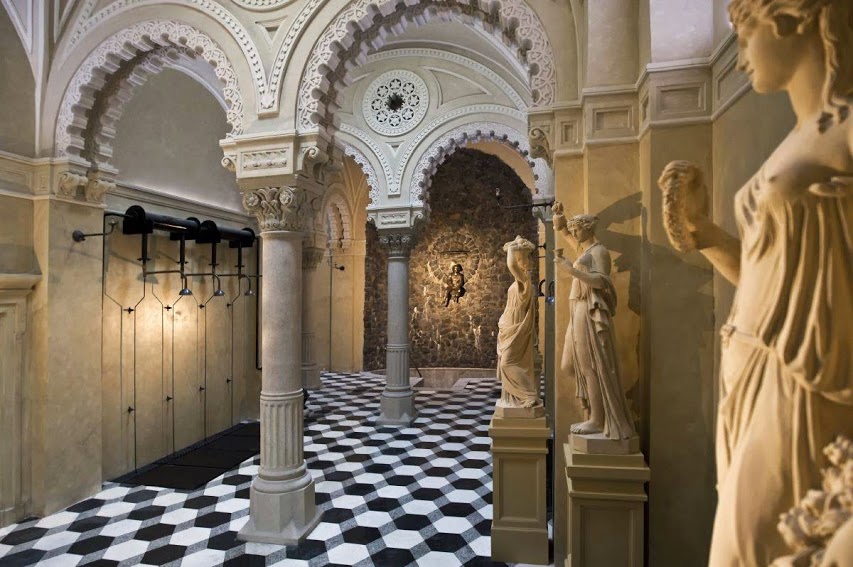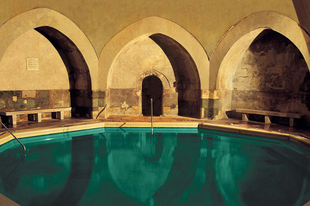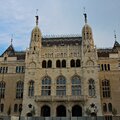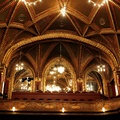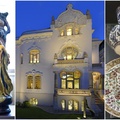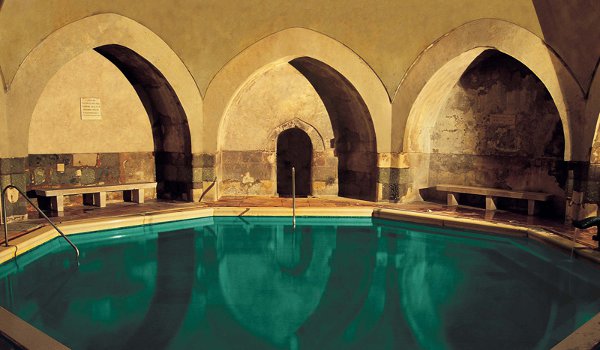
Budapest, this spectacular place is often known as the city of spas. There are several hot springs here and the bathing culture is so old that the Celts and the Romans have been enjoying the warm spring waters as baths, healing waters and drinks.
Like other parts of Hungary, Buda were occupied by the Turks from 1541 to 1686. And when the Ottoman armies successfully captured the Royal Palace of Buda, the Turks started to build a series of Turkish baths along the Danube. The city has now four baths built during the Ottoman rule: Király, Rácz, Rudas and Veli Bej.
Bath culture during the Ottomans were based on Turkish traditions, the use of Hamams. Hamam is not a simple bath, Hamam is more than a spa. Hamam is an important place of a community, a place for social gathering and ritual cleaning too, place of bathing, relaxing and healing.
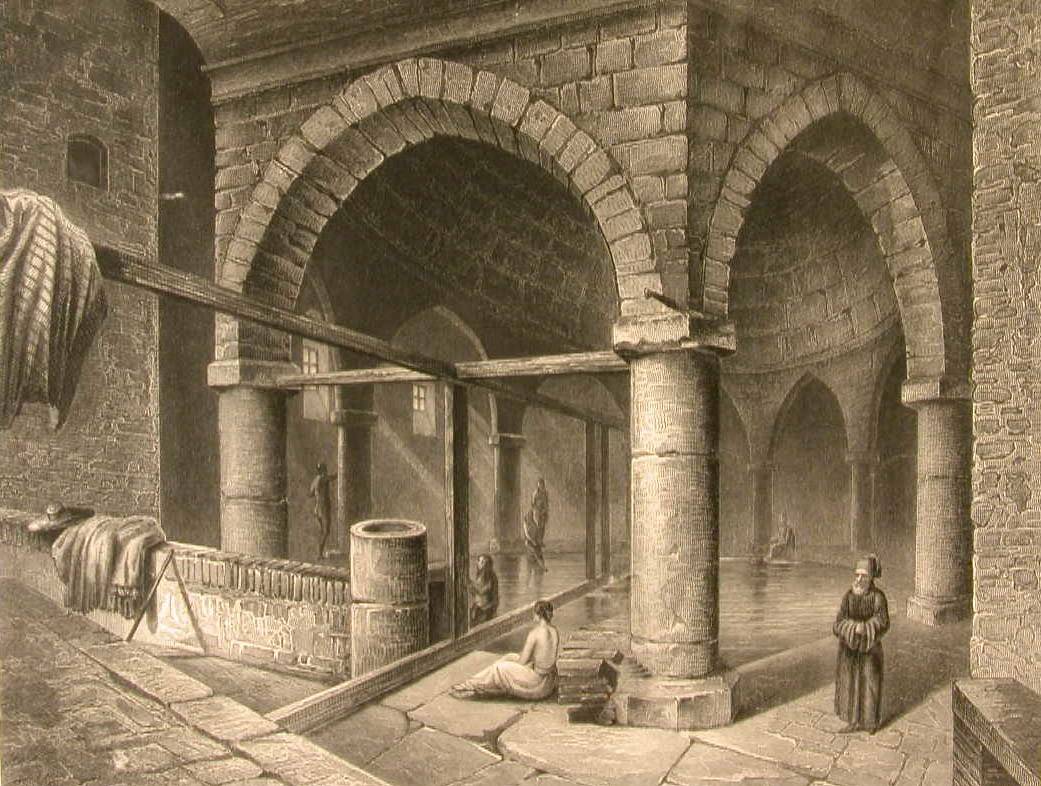
Király Fürdő - Kiraly Bath
The oldest termal bath in Budapest. The central octogonal edifice was built on the riverbank by the Turks from 1565 to 1567 inside the walls of Water Town so the troops could enjoy the bath even during a siege. Thanks for God, its original facade is still visible.
The classical wings were added at the beginning of the 19th century and the bath took its present name from the König family, who owned it that time. König means Kiraly - King - in Hungarian.
The original Turkish room is famous for the beams of differenthly coloured light shooting through the openings in the dom.
Rudas Bath - popular spa
Rudas is probably the most popular and most atmospheric medieval Turkish bath in Budapest, built by Sokoli Mustafa, Pasha of Buda between 1566 and 1578 near some springs currently known as Attila, Hungaria and Juventus. This building is amazing combination of old and new.
Did you know that Rudas baths were used as a location for the opening scene of the 1988 movie Red Heat starring Arnold Schwarzenegger and James Belushi?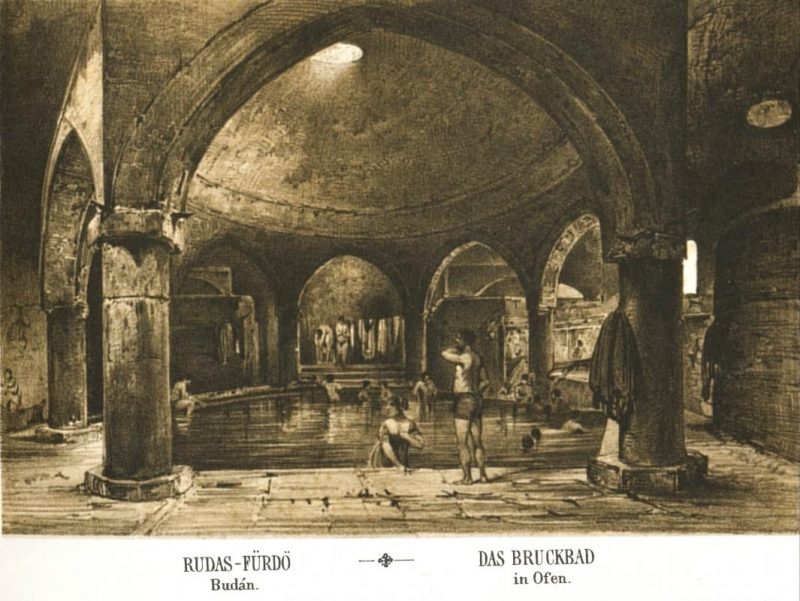
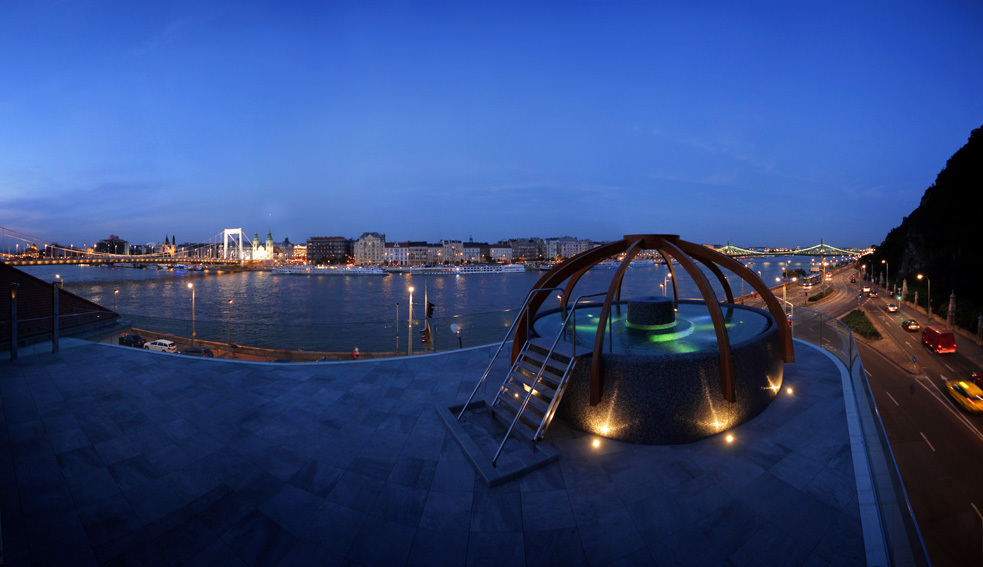
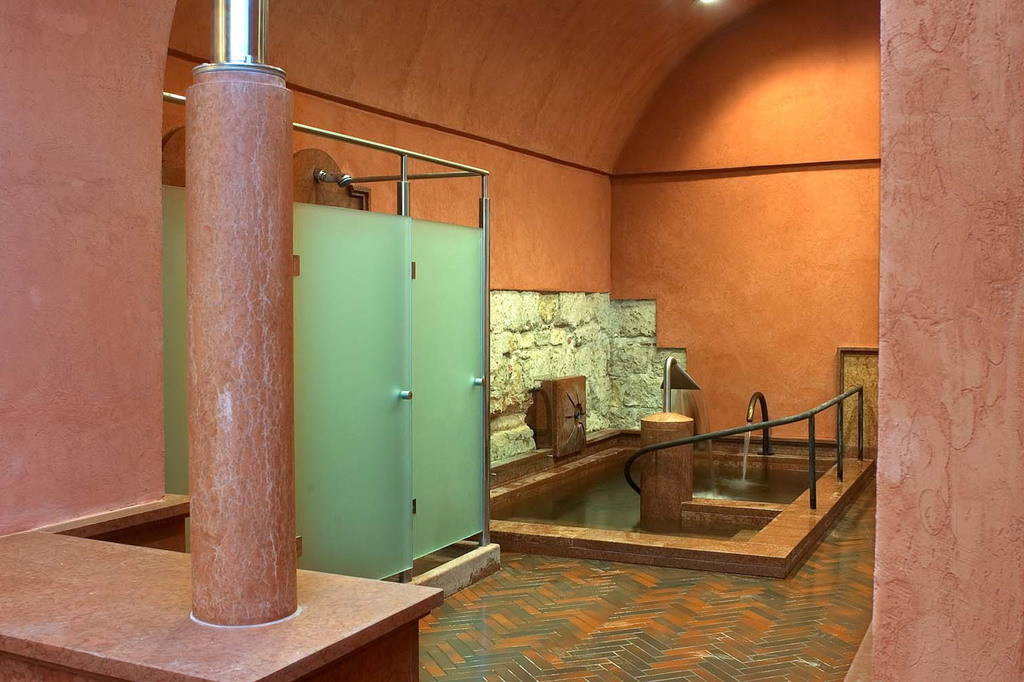
Veli bej a hidden gem
This beautiful place is tucked away in the corner of a Budai Irgalmasrendi Hospital bath - is in the same building as Hotel Csaszar Budapest. It was renovated in 2011. Veli bej was also built during the rule of Sokoli Mustafa, in 1574.
It’s less known among the turists than the other Turkish baths of the city. In the Turkish bath there is one big pool and four small pools with different temperatures.
The central cupola is surrounded by 4 smaller domed buildings. The building survived the recapture of Buda. In 1806 he bath became the property of the Ordo Hospitalarius, that expanded on the original edifices. During the reconstruction lead by József Hild in 1841-48 the bath was enlarged and its name was changed to Kaiser Bad - in Hungarian: Csaszar.
Rác - a lost and desperate place
Rác baths is now the part of an elegant luxury hotel built in the 19th century and a newly built spa. Unfortunatelly the buildings is closed for years due to its chaotic situation of ownership.
The oldest part of the Rác Bath is the Turkish cupola, built in 1572, which was called Kücsük Ilica ("Small Thermal") at the time. This cupola remained in a very good state through the centuries; the windows, reveals, kurnas (marble basins on the walls), pool and floor are still the original ones perfectly renovated to their authentic state.
